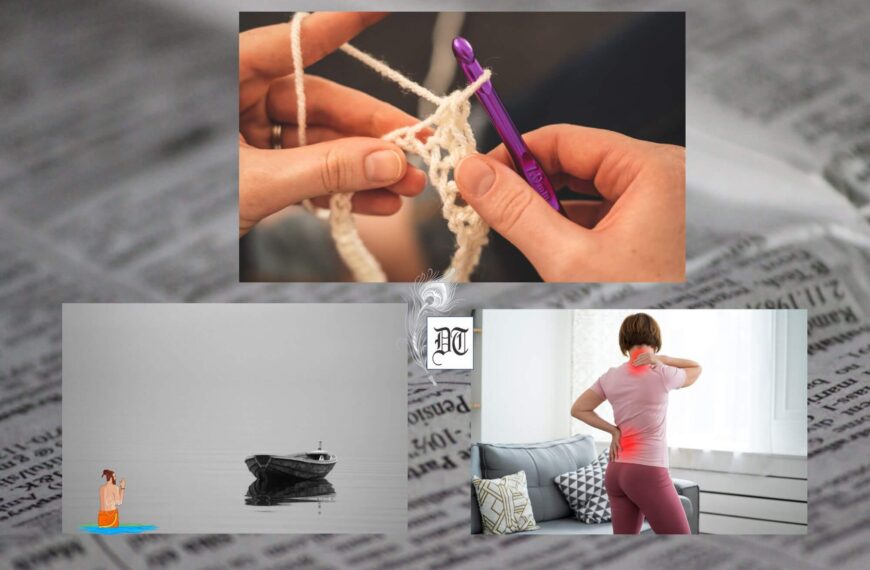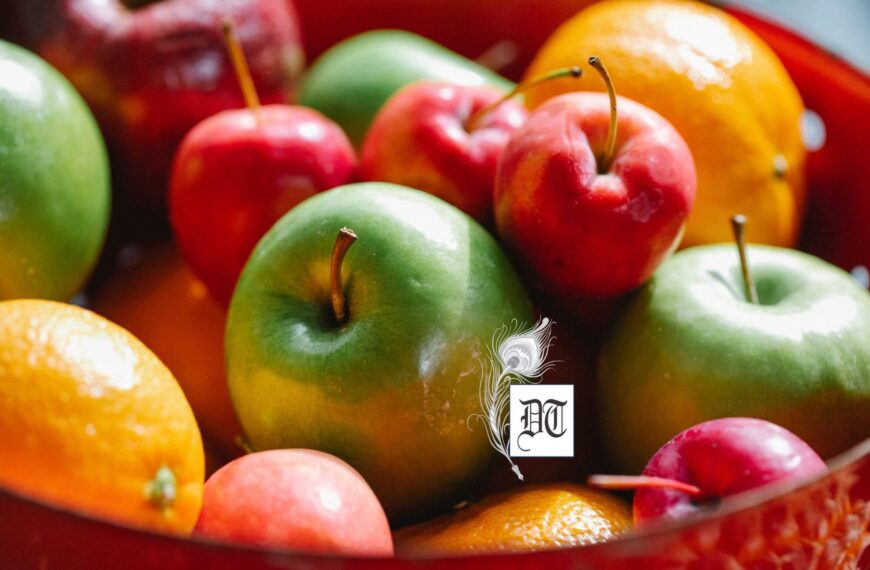Our Yoga expert, Navodita, tells us about three asanas: Padangushtha, Parsvottana and Prasarita Padottana, elucidating the many benefits of these postures. These asanas energise us. She also tells us about Bhramari Pranayama or meditative breathing to calm ourselves. Learn the ancient secrets of health and wellness, in the weekly column, exclusively for Different Truths.
It’s that time of the week when you have to get up and start your day with renewed vigour and enthusiasm. If it’s lost somewhere then here’s a yoga workout to energise yourself.
Padangushtha Asana
This asana is very good for reducing diabetes and for a good stretch in your hamstrings and calves. It improves flexibility and concentration power. It controls nervousness. It relieves excess gas in the body. It relieves insomnia and headaches. It also cures high blood pressure.
Here you have to stand straight in Mountain Pose or Tada Asana. Inhale and take both your arms up to stretch them overhead. Exhale and bend down to touch your hands to the floor. Exhale further and hold your big toes. Try and dig your head deep within your knees. Breathe in this pose for about twenty seconds and feel the full benefit of the pose.
This may be combined with other few stretches.
Parsvottana Asana
Stand up straight and look in front in Tada Asana. Take a deep breath and exhale and jump into a position with your feet three feet away from each other. Take your arms behind your back and bend and fold your hands into a ‘peechhey namaste’. Now turn to your right hand side, exhale and bend down to touch your head to your knee. Stay in this position for about twenty seconds.
Now repeat this on the left side. Do remember that while bending down, you keep the stretch of your stomach.
This asana does wonders for your digestive system. It calms the brain. It stretches the spine, shoulders, wrists, hips and hamstrings. It also strengthens the legs. It stimulates the abdominal organs. It also improves a sense of balance and good posture.
Prasarita Padottana Asana
After you have completed the bends on both sides, keep your legs stretched facing the front. Exhale and stretching your torso, look up and bend down from the waist to touch your head to the ground. Make sure the crown of your head is placed on the floor. This sends instant blood flow to the brain and gives you the same effect as in the head stand.
It strengthens the inner and back of the legs. It also strengthens and stretches the spine. It tones the abdominal muscles. It heals mild headache. It relieves headache. It eliminates fatigue and helps combat mild depression.
Bhramari Pranayama
It’s time now to wind up the practice with a form of Pranayama, or meditative breathing. Keeping your elbows raised up in line with your shoulders gently touch your fingers against the skin on your face and place the fingers in a systematic manner. Plug your ears with your thumbs.
Index fingers should gently be placed under the eyebrows on the above the eyelids. Brush the eyelashes down with the tap of your middle finger while the ring finger is gently touching the nostrils. Little finger should be placed on your upper lip. Keep the fingers on your face for about five minutes. Keep this Mudra for Bhramari Pranayama.
Now with each exhalation take out a humming sound from your throat. Inhale deeply and repeat this form of breathing for about five to ten minutes.
Bhramari Pranayama calms the nerves and reduces tension and anxiety. It helps to reduce anger and frustrations. It helps to reduce blood pressure. It helps cure migraine. It improves concentration and memory. It also builds a lot of confidence.
Finally time for some stocktaking and ruminating over life:
- Before starting out something new in life one is often overcome with fear. However, it’s time to let go off that and face life in the face. Face the fears and you slowly tide over them with ease and confidence.
- You may often feel at times that you are tied up in a lot of ways and are bound by relationships. You may want to break free at times. The catch is to remain in the bondage and yet feel the freedom. The more secure you feel in the relationship, more you strive for the freedom within. Freedom is a state of mind.
- Yoga teaches you to conserve energy. It’s good to be busy in household chores or office jobs most of the time but remember – not always. Energy may be conserved by simply sitting down, thinking of the good things from your past, living the pleasant memories and coming back to the present after a brief journey within. This rejuvenates you to work further in the day.
©Navodita Pande
Pix from Net.








 By
By
 By
By

 By
By